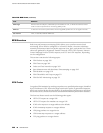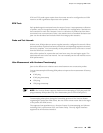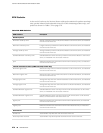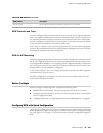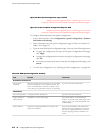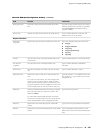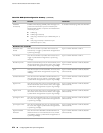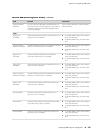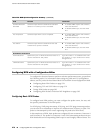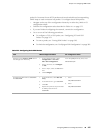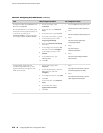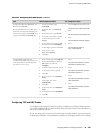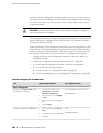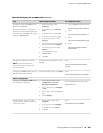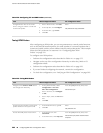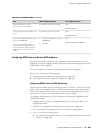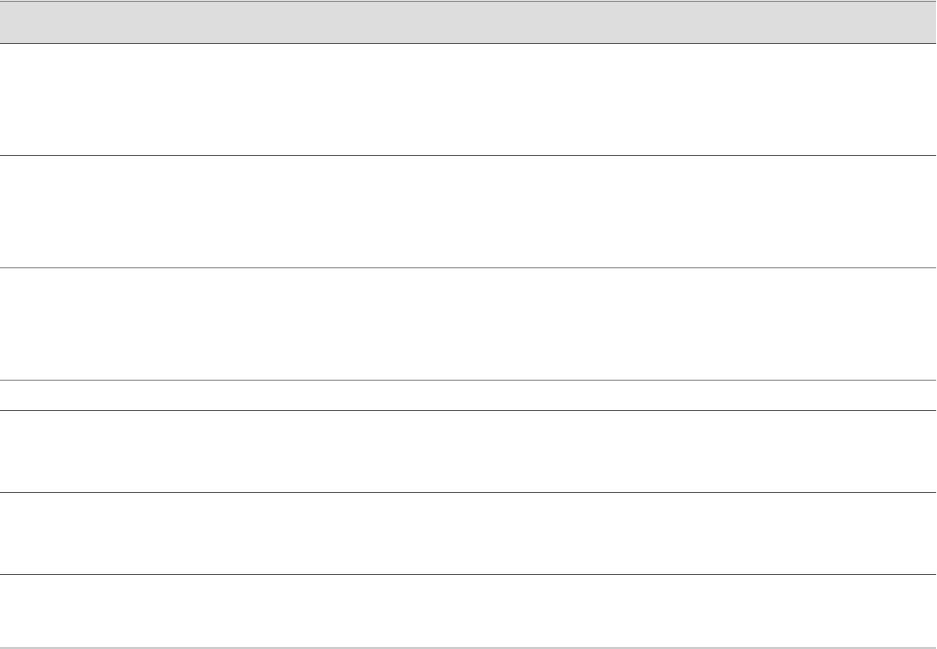
Table 140: RPM Quick Configuration Summary (continued)
Your ActionFunctionField
■
To enable SNMP traps for this condition,
select the check box.
■
To disable SNMP traps, clear the check
box.
Generates traps when the threshold for standard
deviation in round-trip times is exceeded.
Standard Deviation
Exceeded
■
To enable SNMP traps for this condition,
select the check box.
■
To disable SNMP traps, clear the check
box.
Generates traps when a test is completed.Test Completion
■
To enable SNMP traps for this condition,
select the check box.
■
To disable SNMP traps, clear the check
box.
Generates traps when the threshold for the total
number of lost probes is reached.
Test Failure
Performance Probe Server
Type the number 7—a standard TCP or UDP
port number—or a port number from 49152
through 65535.
Specifies the port on which the Services Router is to
receive and transmit TCP probes.
TCP Probe Server
Type the number 7—a standard TCP or UDP
port number—or a port number from 49152
through 65535.
Specifies the port on which the Services Router is to
receive and transmit UDP probes.
UDP Probe Server
Configuring RPM with a Configuration Editor
To configure the Services Router to perform real-time performance tests, you perform
the following tasks. For information about using the J-Web and CLI configuration
editors, see the J-series Services Router Basic LAN and WAN Access Configuration Guide.
■ Configuring Basic RPM Probes on page 276
■ Configuring TCP and UDP Probes on page 279
■ Tuning RPM Probes on page 282
■ Configuring RPM Probes to Monitor BGP Neighbors on page 283
Configuring Basic RPM Probes
To configure basic RPM probes, you must configure the probe owner, the test, and
the specific parameters of the RPM probe.
For ICMP ping, ICMP ping timestamp, UDP ping, and UDP ping timestamp probes,
you can also set a timestamp to improve the measurement of latency or jitter. The
probe is timestamped by the router originating the probe (the RPM client).
In this sample use of RPM, basic probes are configured for two customers: Customer A
and Customer B. The probe for Customer A uses ICMP timestamp packets and sets
RPM thresholds and corresponding SNMP traps to catch lengthy inbound times. The
276 ■ Configuring RPM with a Configuration Editor
J-series™ Services Router Administration Guide



